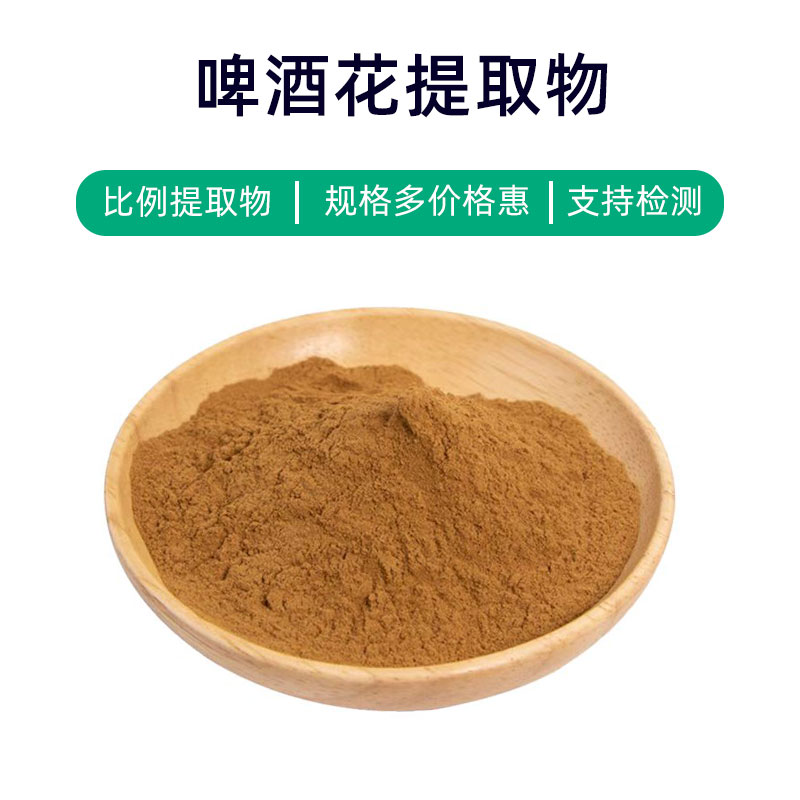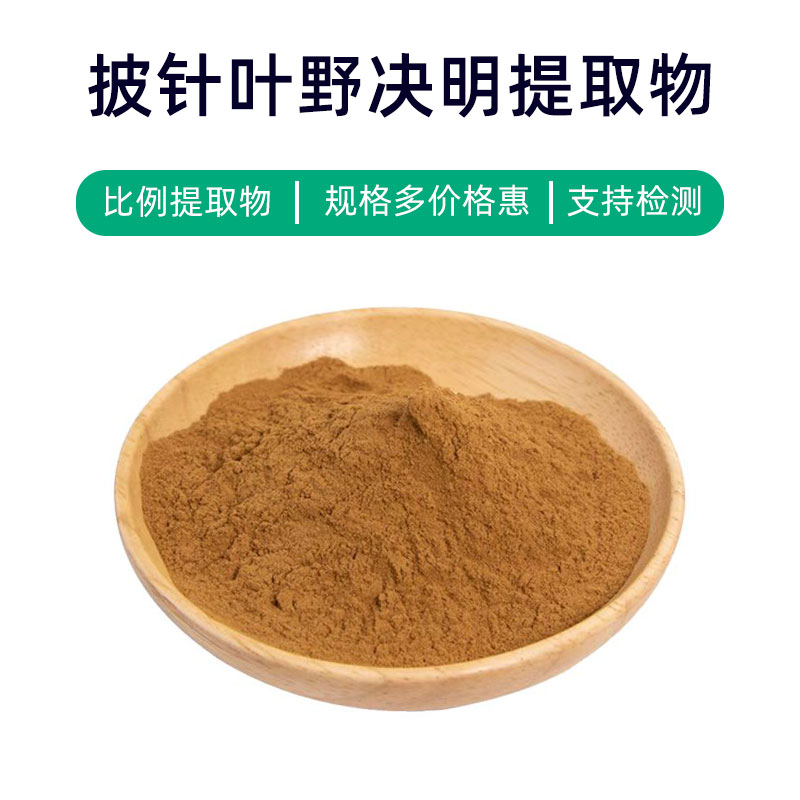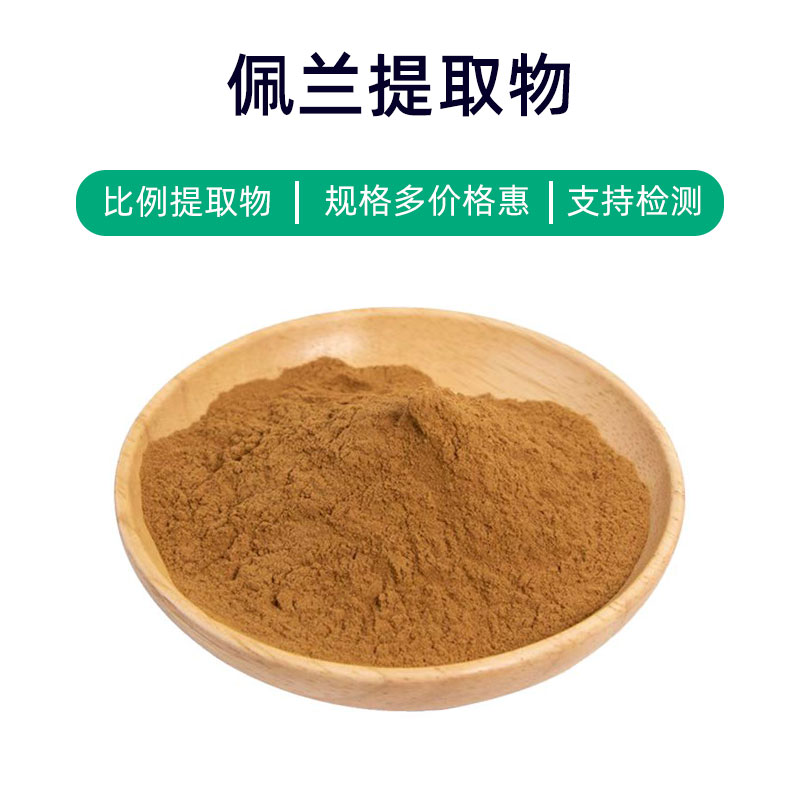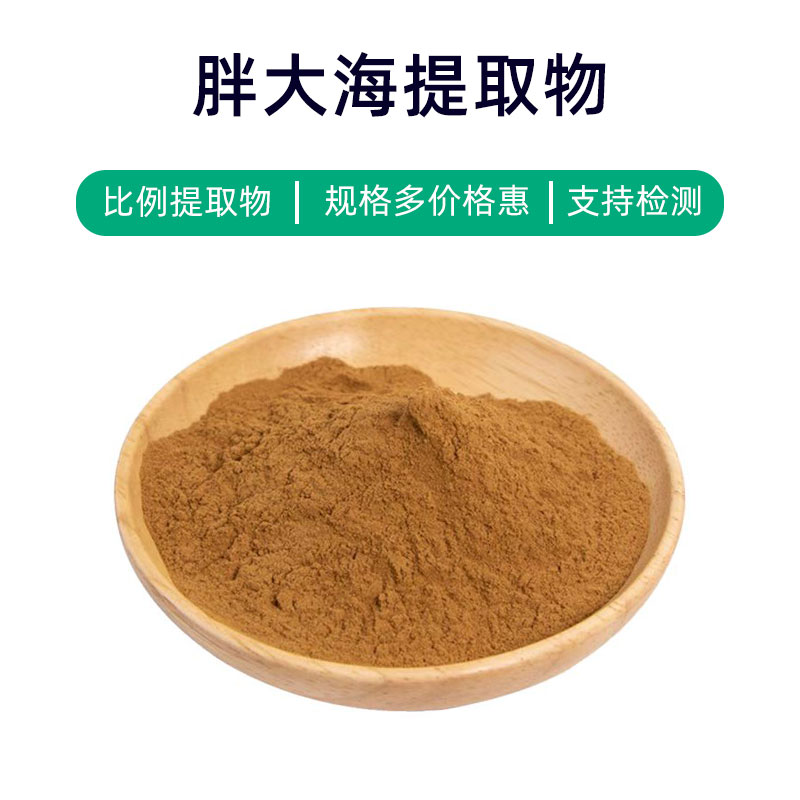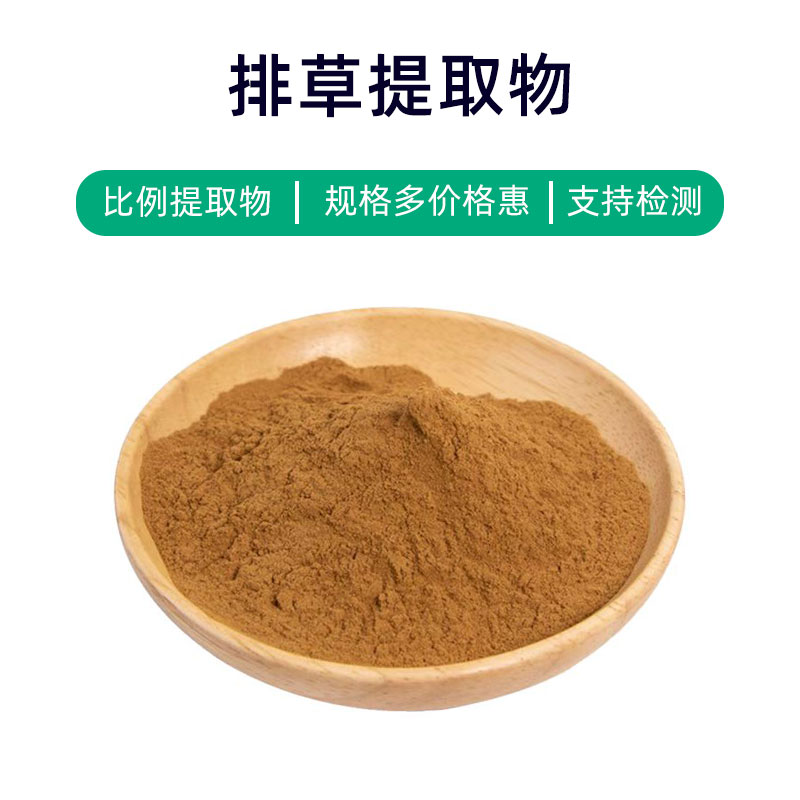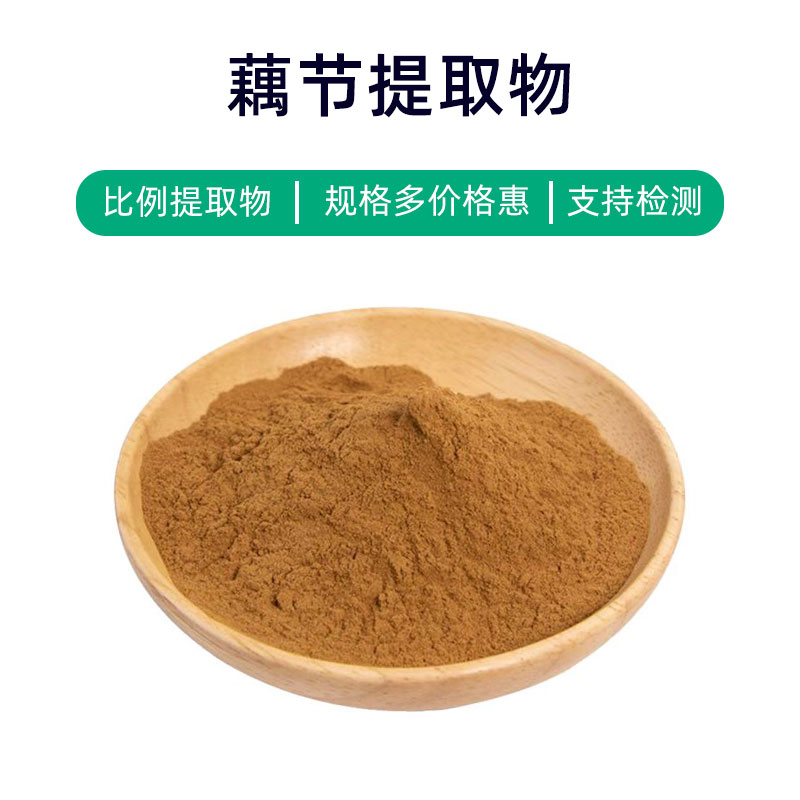Introduction to Peanut Husk Extract
Peanut husk extract is a natural plant extract derived from peanut shells, primarily composed of polyphenolic compounds, tannins, flavonoids, and others. These components provide various benefits and wide applications for peanut husk extract.
Firstly, peanut husk extract exhibits significant antioxidant properties, effectively eliminating free radicals in the body, slowing cellular aging, and enhancing the body's antioxidant capabilities, which helps maintain overall health. Secondly, peanut husk extract also possesses antibacterial and anti-inflammatory properties, which can inhibit bacterial growth and inflammatory responses, aiding in the prevention and treatment of certain infectious diseases and alleviating discomfort caused by inflammation.
In terms of applications, peanut husk extract is widely used in dietary supplements, food, and cosmetics. In supplements, it is commonly used as an ingredient in antioxidants, found in various antioxidant nutritional products such as antioxidant vitamin tablets and drinks, to boost immunity and delay aging. In the food industry, peanut husk extract serves as a natural food additive for preservation and nutritional enhancement. In cosmetics, peanut husk extract is frequently included in anti-aging skincare products, helping improve skin texture, reduce wrinkles, and restore skin elasticity, making the skin appear youthful and healthy.
In summary, as a natural plant extract, peanut husk extract offers various benefits and extensive application areas, providing beneficial support for health and beauty.
Production Process of Peanut Husk Extract
The production process of peanut husk extract generally includes the following steps:
- Raw Material Preparation: Select high-quality peanut shells, wash and process to remove impurities, ensuring the quality and purity of the materials.
- Crushing and Grinding: Crush the cleaned peanut shells to increase their surface area, facilitating the subsequent extraction process. Mechanical crushing or grinding equipment is typically used.
- Extraction Process: Extract the crushed peanut shells using common methods such as water extraction, ethanol extraction, or supercritical fluid extraction. During extraction, temperature, pressure, and extraction time must be controlled to ensure the effective extraction of target components.
- Filtration and Separation: Filter the extracted mixture to remove solid residues and impurities, yielding an extraction solution.
- Concentration and Purification: Concentrate the extraction solution using methods like evaporation or solvent recovery to increase the concentration of the extract.
- Drying and Forming: Dry the concentrated extract solution, commonly using methods like spray drying, vacuum drying, or freeze drying to obtain powdered peanut husk extract.
- Quality Testing: Perform quality testing on the produced peanut husk extract, assessing aspects such as appearance, physicochemical indicators, and active ingredient content to ensure compliance with relevant standards.
- Packaging and Storage: Package the qualified peanut husk extract, typically using sealed packaging to prevent moisture and dust, then store it in a dry, cool place away from direct sunlight to maintain its stability and activity.
Efficacy and Side Effects of Peanut Husk Extract
Peanut husk extract is a plant-based extract with multiple benefits and effects, primarily including the following:
- Antioxidant Effect: Rich in various natural antioxidants such as polyphenolic compounds and vitamins, peanut husk extract can help eliminate free radicals, slow oxidation reactions, and protect cells from oxidative damage, aiding in the delay of aging.
- Anti-inflammatory Effect: Research indicates that the active components in peanut husk extract possess certain anti-inflammatory effects, inhibiting the release of inflammatory factors and alleviating inflammatory responses, beneficial for skin inflammation, arthritis, and other conditions.
- Blood Sugar Regulation: Some components in peanut husk extract may help regulate blood sugar levels by promoting insulin secretion and enhancing insulin sensitivity, providing supportive treatment for diabetes.
- Blood Lipid Reduction: Some studies indicate that the active components in peanut husk extract can lower serum total cholesterol and low-density lipoprotein (LDL) cholesterol levels while increasing high-density lipoprotein (HDL) cholesterol levels, aiding in lipid metabolism and preventing cardiovascular diseases.
- Antibacterial Effect: Peanut husk extract contains various compounds with antibacterial activity, capable of inhibiting the growth of bacteria, fungi, and viruses, providing certain antibacterial and anti-inflammatory effects, beneficial for the prevention and treatment of certain infectious diseases.
- Digestive Promotion: Some components in peanut husk extract may enhance digestion by increasing gastric secretions and promoting gastrointestinal motility, helping improve digestive functions and alleviate symptoms like indigestion and bloating.
- Beauty and Skincare: Rich in vitamins and amino acids, peanut husk extract offers moisturizing, antioxidant, anti-inflammatory, and antibacterial properties, making it suitable for skincare products, improving skin texture and delaying skin aging.
While peanut husk extract has various benefits, individual differences and dosage control should be noted during use. Overuse may result in adverse reactions such as indigestion or allergies. Therefore, consulting with a doctor or a professional for advice before use is recommended, following the proper dosage guidelines.
Application Scenarios and Usage of Peanut Husk Extract
Peanut husk extract is widely used in the medical, food, and cosmetics fields. Here are the specific application scenarios and usage recommendations:
- Medical Field:
- Usage: Peanut husk extract is often used in traditional medicine formulations, providing benefits such as heat-clearing and detoxifying, reducing swelling and pain, and promoting wound healing, applicable for treating colds, pharyngitis, skin inflammation, etc.
- Dosage: Generally, it can be made into oral medications or topical ointments, with specific dosages adjusted per doctor's advice. The recommended oral dosage is typically between 3-6 grams per application, with topical application adjusted as needed on affected areas.
- Food Industry:
- Usage: Peanut husk extract serves as a food additive with preservation and antioxidant properties, enhancing food flavor, commonly used in meat products, biscuits, drinks, etc.
- Dosage: The additive amount generally ranges from 0.1-1 gram per kilogram of food, adjusted according to the specific types and uses of the food.
- Cosmetics Field:
- Usage: Rich in various active components, peanut husk extract offers moisturizing, antioxidant, anti-inflammatory, and antibacterial effects, commonly used in skincare products, shampoos, beauty masks, etc.
- Dosage: Can be directly added to skincare products or shampoos or combined with base oils and essential oils. The typical addition is 0.1%-1% of the total product weight.
Overall, while the dosage in the medical field should be adjusted according to a doctor's recommendations, the amounts used in the food and cosmetics sectors should be controlled based on specific product formulations and uses. During use, adhere to product instructions or consult professionals to avoid adverse reactions from excessive use.
Introduction to the Source Plant of Peanut Husk Extract: Distribution and Growth Environment
The source plant of peanut husk extract is the peanut (scientific name: Arachis hypogaea L.). Below, we will cover the plant characteristics, distribution, and growth environment of peanuts.
Plant Characteristics:
Peanuts are annual or perennial herbaceous plants belonging to the legume family, typically growing to 20-50 centimeters in height. They have a developed root system that forms tubers, which help in nitrogen fixation. The leaves are compound leaves arranged with 3-5 leaflets. The flowering period of peanut plants typically occurs late in the growing season, producing yellow butterfly-like flowers that later develop into fruit.
Distribution:
Peanuts are native to South America, primarily distributed in Brazil, Argentina, and Bolivia, then introduced worldwide. Today, peanuts are among the world's major food and oilseed crops, widely cultivated in Asia, Africa, North America, and Europe.
Growth Environment:
- Climate Requirements: Peanuts have strong adaptability and require a relatively flexible climate, thriving best in warm and humid conditions with high sunlight requirements.
- Soil Requirements: Peanuts prefer to grow in loose, fertile, well-drained sandy loam or loamy soils, with a pH between 5.5 and 7.5.
- Growing Environment: Peanut plants require ample sunlight, needing sufficient exposure during growth, with adequate moisture maintenance but are intolerant of waterlogging.
During peanut cultivation, it is essential to manage soil fertilization and moisture levels properly to create an optimal growth environment, promoting healthy growth and high yields. The planting season for peanuts typically occurs in spring, with the harvest period in autumn.
Processing and Storage of Peanut Husk Extract
The processing of peanut husk extract primarily includes the following steps: first, washing and sorting the raw materials, cleaning harvested peanuts to remove impurities and surface dirt; then drying, reducing moisture content; next, breaking and grinding the dried peanuts to increase extraction efficiency; finally, extracting effective components from the peanut husk using suitable methods like water extraction or ethanol extraction to obtain peanut husk extract.
For storage, peanut husk extract should be kept in a dry, cool, and well-ventilated environment, away from direct sunlight and high temperatures to prevent oxidation and moisture from affecting its quality. It is suggested to store it in sealed containers and regularly check storage conditions to ensure product quality and stability.
Monica Sun is a seasoned expert in the plant extraction industry with over a decade of experience in research and production. She specializes in the extraction and purification of plant active ingredients, focusing on driving innovation in natural product applications. Monica has participated in the development of multiple functional plant extracts, delivering high-value natural raw material solutions for the health food, pharmaceutical, and dietary supplement sectors.









